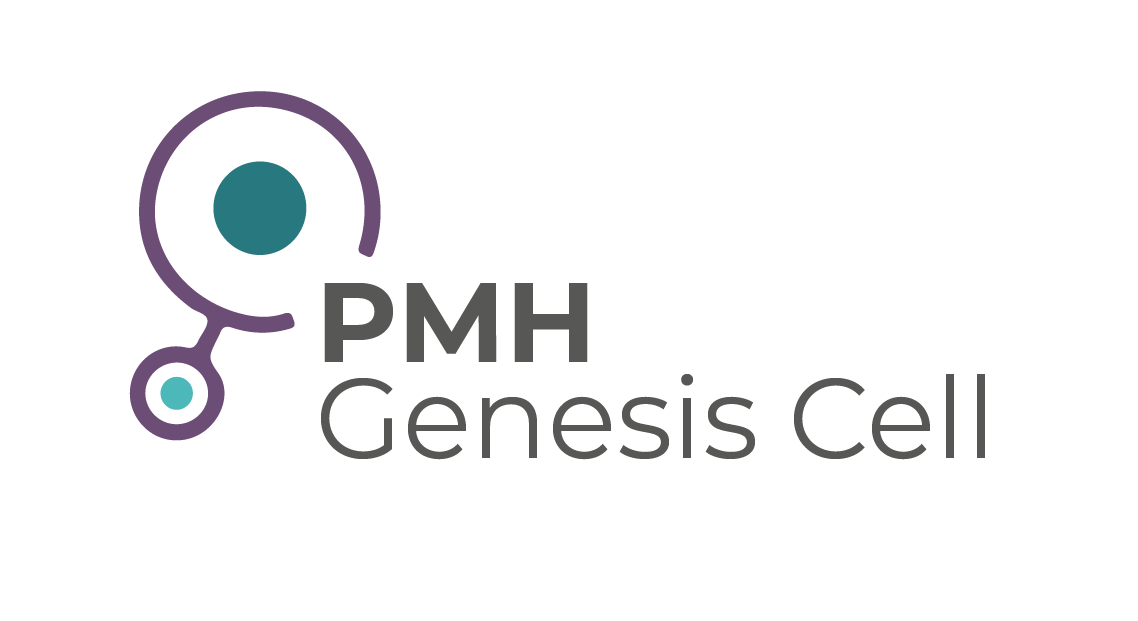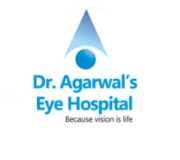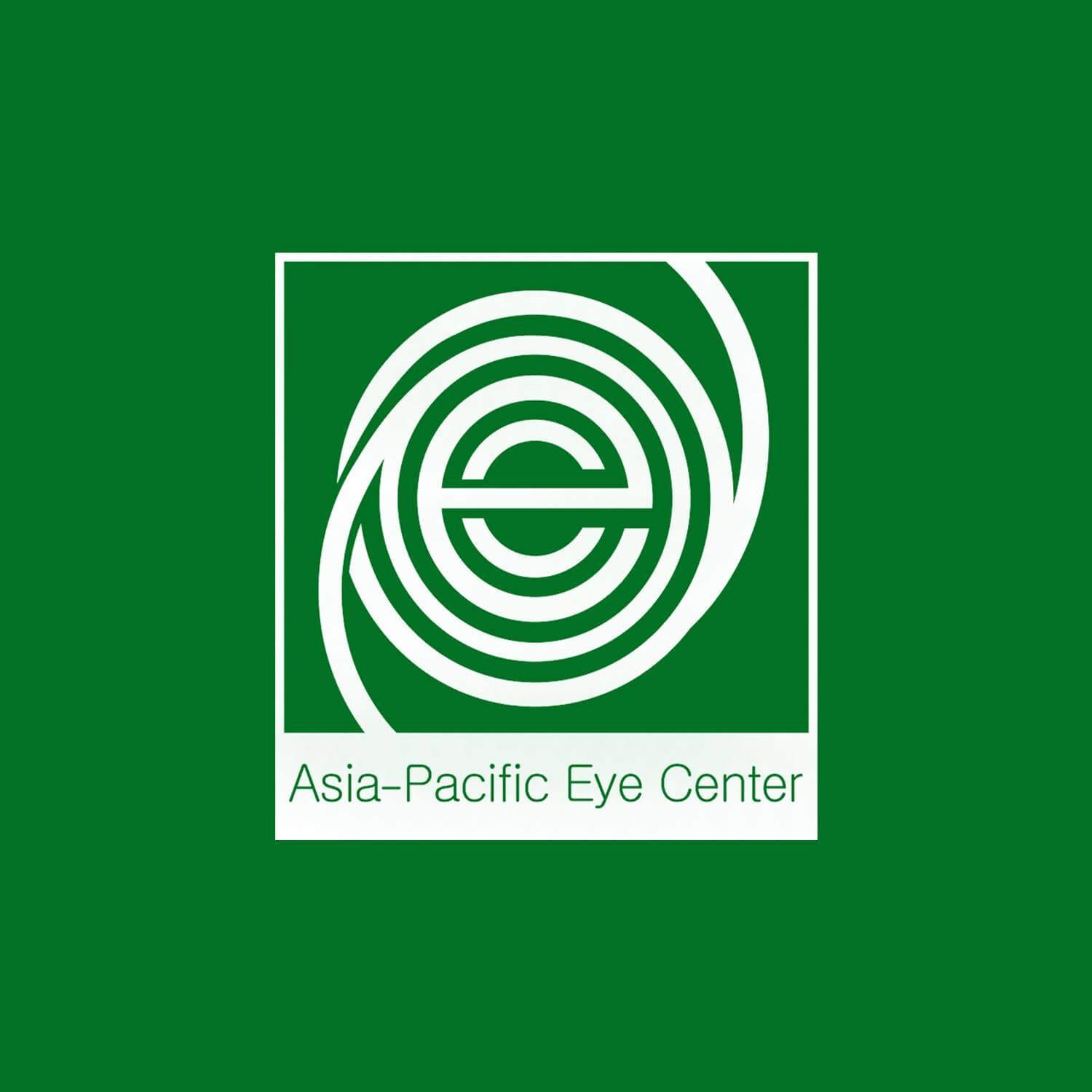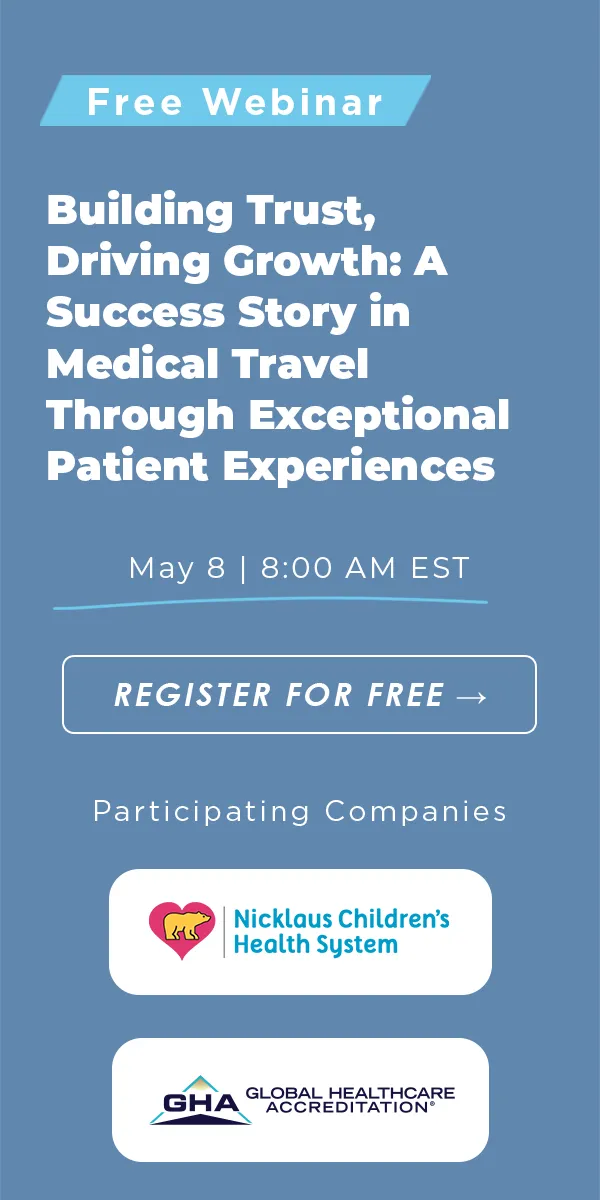Cataract Surgery
Steps Involved in IVF:
Procedure Description:
Cataract surgery is a common eye procedure aimed at removing the clouded lens of the eye and, in most cases, replacing it with a clear, artificial lens. A cataract forms when the natural lens in your eye becomes cloudy, often as a result of aging, although other factors like injury or certain medications can contribute as well. This cloudiness can severely hamper vision and quality of life, making tasks like reading, driving, or even recognizing faces increasingly difficult.
The surgery is typically recommended when the cataract interferes significantly with your daily activities or threatens your independence. It's generally considered a safe and effective treatment for restoring vision. The most common technique employed is phacoemulsification, wherein a high-frequency ultrasound device is used to break up the cloudy lens into tiny, easily removable pieces. After the removal of the clouded lens, an artificial intraocular lens (IOL) is usually inserted to replace the natural lens and restore clarity of vision.
A variation of cataract surgery involves the use of laser-assisted techniques. This method also breaks up the cataract but employs laser technology for greater precision. The choice between traditional and laser-assisted surgery largely depends on the surgeon's recommendation and the patient’s specific needs.
Procedure Duration:
The actual cataract surgery usually takes between 10 to 20 minutes per eye, but you should expect to be at the hospital or surgery center for about 3 to 4 hours in total. This allows for preparation time, which may include local anesthesia to numb the eye area, as well as time in the recovery room after the procedure. It's generally done on an outpatient basis, meaning you can go home the same day.
Recovery time varies between individuals but is generally quick. Most people experience significant improvement in their vision within the first 24 hours. However, complete healing might take up to a month. During the recovery period, you may be advised to avoid strenuous activities and be mindful of potential complications like infection or elevated eye pressure. A follow-up appointment will usually be scheduled within the first week to check for complications and ensure that the eye is healing as expected.
Some patients might need to adjust to the new intraocular lens or may require additional vision correction with glasses or contact lenses after the surgery. Therefore, while the procedure itself is relatively quick, the entire process of pre-operative evaluation, surgery, and post-operative care can span a few weeks.
Benefits:
- Cost Savings: Many countries offer cataract surgery at a fraction of the cost compared to countries like the U.S. or the U.K., without compromising on the quality of care.
- Expertise: Certain destinations specialize in ophthalmology and have surgeons with years of experience in cataract surgery.
- Advanced Technology: Some foreign hospitals offer state-of-the-art facilities and the latest surgical techniques, including laser-assisted cataract surgery.
- Short Waiting Time: In many countries, the wait time for surgery is considerably less, allowing for quicker treatment and recovery.
Potential Destinations:
- India: Known for high-quality healthcare at affordable prices.
- Thailand: Offers modern facilities and expertise in various surgical techniques.
- Turkey: Combines competitive pricing with high standards of healthcare.
- Mexico: Proximity to the U.S. makes it a convenient option for North Americans.
Risks & Considerations:
- Travel Logistics: Consider travel time, especially post-surgery, as you'll need to stay close to the hospital for initial recovery and potential follow-ups.
- Quality of Care: Ensure the hospital is accredited and has a good track record for ophthalmological procedures.
- Language Barrier: Consider potential language issues and whether translators are available.
- Insurance Coverage: Verify if your health insurance covers overseas medical procedures or if additional travel insurance is needed.
How to Choose the Right Doctor and Hospital:
- Check Accreditation: Opt for a hospital that has international accreditation to ensure quality.
- Review Surgeon Credentials: Look for ophthalmologists who have extensive experience in performing cataract surgeries.
- Ask for References: Consult with previous patients or read testimonials if available.
- Cost Analysis: While cost is a factor, it shouldn't be the only consideration. Ensure that the low cost does not compromise the quality of care.
- Initial Consultation: Most reputable hospitals will offer a virtual consultation. Use this opportunity to ask questions and gauge the hospital’s services before making a decision.
To receive a free quote for this procedure please click on the link: https://www.medicaltourism.com/get-a-quote
Patients are advised to seek hospitals that are accredited by Global Healthcare and only work with medical tourism facilitators who are certified by Global Healthcare Accreditation or who have undergone certification from the Certified Medical Travel Professionals (CMTP). This ensures that the highest standards in the industry are met. GHA accredits the top hospitals in the world. These are the best hospitals in the world for quality and providing the best patient experience. Click the link to check out hospitals accredited by the Global Healthcare Accreditation: https://www.globalhealthcareaccreditation.com
Frequently Asked Questions
What actually happens during hyperstimulation of the ovaries?
The patient will take injectable FSH (follicle stimulating hormone) for eight to eleven days, depending on how long the follicles take to mature. This hormone is produced naturally in a woman’s body causing one egg to develop per cycle. Taking the injectable FSH causes several follicles to develop at once, at approximately the same rate. The development is monitored with vaginal ultrasounds and following the patient’s levels of estradiol and progesterone. FSH brand names include Repronex, Follistim, Menopur, Gonal-F and Bravelle. The patient injects herself daily.
What happens during egg retrieval?
When the follicles have developed enough to be harvested, the patient attends an appointment where she is anesthetized and prepared for the procedure. Next, the doctor uses an ultrasound probe to guide a needle through the vaginal wall and into the follicle of the ovary. The thin needle draws the follicle fluid, which is then examined by an embryologist to find the eggs. The whole process takes about 20 minutes.
What happens to the eggs?
In the next step, the harvested eggs are then fertilized. If the sperm from the potential father, or in some cases, anonymous donor, has normal functionality, the eggs and sperm are placed together in a dish with a nutrient fluid, then incubated overnight to fertilize normally. If the sperm functionality is suboptimal, an embryologist uses Intracytoplasmic Sperm Injection to inject a single sperm into a single egg with an extremely precise glass needle. Once fertilization is complete, the embryos are assessed and prepared to be transferred to the patient’s uterus.
How are the embryos transferred back to the uterus?
The doctor and the patient will discuss the number of embryos to be transferred. The number of successfully fertilized eggs usually determines the number of eggs to be placed in the uterus. Embryos are transferred to the uterus with transabdominal ultrasound guidance. This process does not require anesthesia, but it can cause minor cervical or uterine discomfort. Following transfer, the patient is advised to take at least one days bed rest and two or three additional days of rest, then 10 to 12 days later, two pregnancy tests are scheduled to confirm success. Once two positive tests are completed, an obstetrical ultrasound is ordered to show the sac, fetal pole, yolk sac and fetal heart rate.
Embryoscope©
Built into this technology there is a microscope with a powerful camera that allows the uninterrupted monitoring of the embryo during its first hours of life. In this way, we can keep a close eye on the embryo, from the moment when the oocyte is inseminated and begins to divide into smaller and smaller cells, until it can be transferred to the uterus.
Orthopedics Stem Cell
Knee
Research on mesenchymal stem cells regenerative properties in knee osteoarthritis. In these studies, researchers suggest that Stem Cell Therapy has the potential to regenerate lost cartilage, stop and reverse cartilage degeneration, provide pain relief, and improve patient mobility.
Shoulder
Stem Cell Therapy as an Alternative to Rotator Cuff & Shoulder Replacement Surgery. Stem cell therapy may offer an excellent alternative for patients looking to avoid shoulder joint replacement surgery, as well as many other surgical treatments for shoulder pain.
Ankle
If you suffer from chronic or acute ankle pain or instability due to arthritis, cartilage loss, ligament strain or tear, or tendon damage, then you may benefit from non-surgical stem cell treatments or stem cell-enhanced surgery.
Back Pain
Patients now have a minimally invasive option. Stem cell therapy for back pain and disc herniations can potentially repair the damaged disc or facet joint, restore function, rehydrate the disc, and ultimately alleviate chronic pain.
Anti-Aging Stem Cell
Hair Loss
Stem cell therapy and PRP therapy have been shown to be most effective for: Those in the early stages of hair loss, patients who are not viable candidates for surgery and women who prefer to avoid hair surgery.
Facial Anti-Aging
Aesthetic Anti-Aging. The Aesthetic Stem Cell Localized Treatment is a non-surgical minimally invasive procedure to enhance the appearance of aging skin and hair restoration. This all-natural technique combines dermal injections of bone marrow or adipose tissue derived stem cells and growth factors.
Fertility Stem Cell
Endometrial PRP
The stem cells used for treatment of a thin endometrium include mesenchymal stem cells. In addition, successful repair of the endometrium in pregnancy with stem cells has been reported previously.
Low Ovarian Reserve (PRP)
The treatment uses PRP (Platelet-Rich-Plasma), which with stem cell therapy is the novel therapeutic approach for restoring the quality of the ovarian reserve.Your PRP will contain a physiologic balance of platelets, growth factors and white blood cells tailored specifically for you.

Punta Mita Hospital
Mexico


Punta Mita Hospital - Genesis Cell
Mexico




















